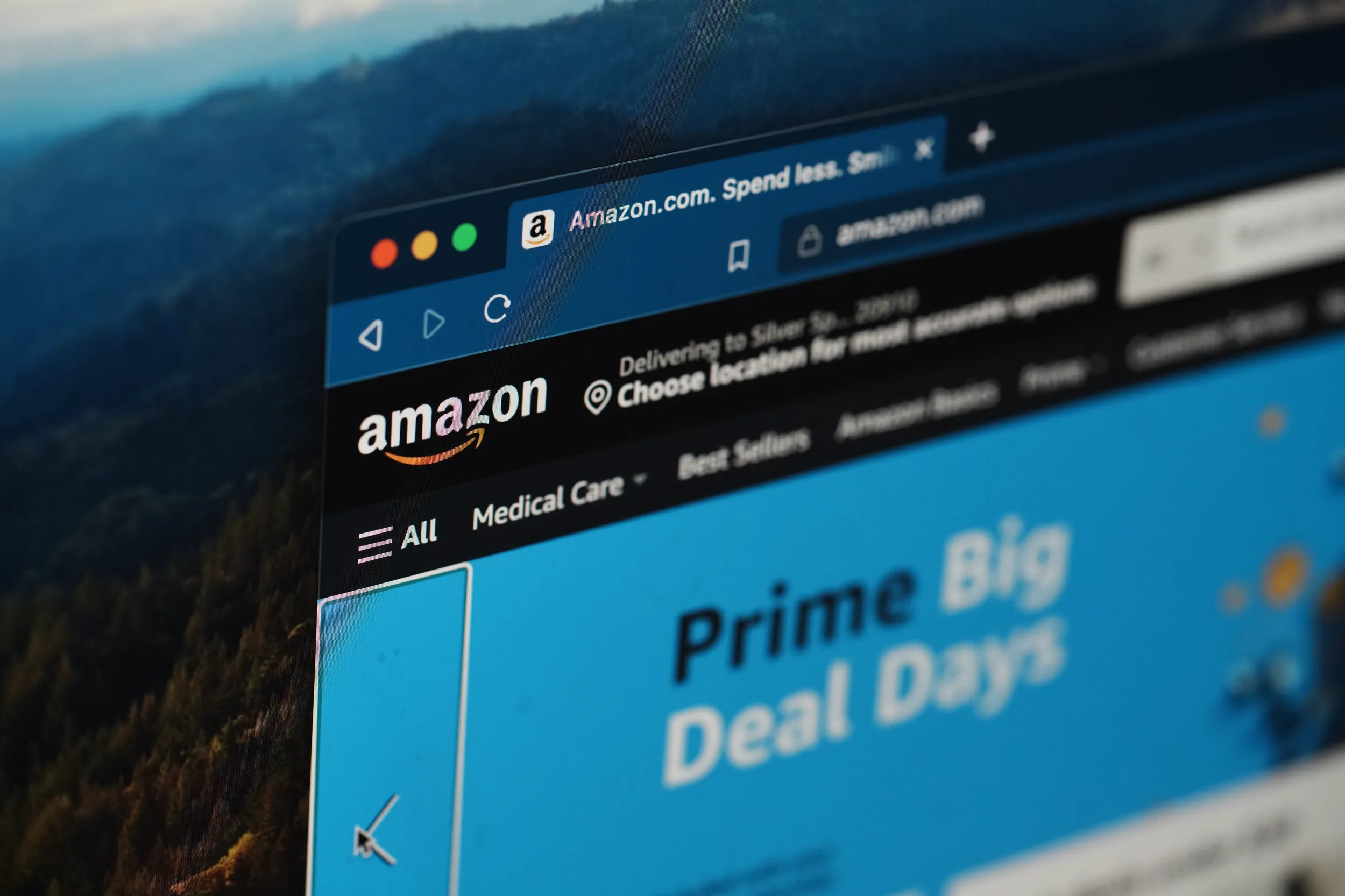According to App Annie, the Mobile App Economy Shows No Sign of Slowing Down
In anticipation of the Mobile World Congress Americas (MWC), earlier this month market researcher App Annie released a report examining the current and future opportunities afforded by the mobile app economy.
Its conclusion: the $6.3 trillion dollar industry is poised to expand even more as time and advertising dollars spent on mobile apps increases.
Forecasting continued expansion may seem surprising as the quantity of mobile applications is currently larger than the population of many European countries; however, signs of this expansion are already present.
In July 2017 the iOS App Store and Google Play collectively totaled almost six million apps — 200,000 of which were added to the app stores in the month of July alone.
What’s more, the average number of apps people use on a monthly basis has reached an all time high of 35, with the top 20% of smartphone users spending time on over 45 apps per month.
Despite these record-breaking statistics App Annie concludes that mobile app usage and monetization has only scratched the surface.
Last year people spent a collective 1.6 trillion hours within mobile apps — an increase of 50% year over year. App Annie predicts this meteoric growth will continue, forecasting that “time spent in apps will more than double to 3.5 trillion hours in 2021.”
Dramatic growth is similarly in store for in-app advertising.
As DisCo has previously reported, money spent on mobile advertising is currently not proportional to user engagement. For example, although Europeans aged 16-24 spent 43% of their Internet time on mobile devices, mobile ad investment comprised only 24.7% of total ad spending in 2015.
App Annie predicts mobile ad spending will become more proportional to users in the years to come.
Specifically, App Annie estimates “in-app advertising spend[ing]… [will] grow at a 23% CAGR (compound annual growth rate), outpacing mobile app store growth, to exceed $200 billion in 2021.”
At the same time mobile in-app advertising techniques are expected to improve, with both its format and targeting becoming more effective.
App Annie points to the “rewarded video ad” format — which incentivizes users to watch advertisements by, in return, giving them a reward — as one example of how mobile ads will successfully evolve.
Mobile game app creators have apparently already been leveraging this reward-based ad technique and, in return, “have been able to monetize non-spending users while also increasing ad effectiveness, boosting in-app purchase revenue and maintaining a positive user experience.”
And while for the U.S. App Annie predicts steady increases for the mobile app economy — thanks in part to increases in mobile monetization and usage — they also forecast rapid growth for other countries.
App Annie estimates that China’s “combined app store and in-app advertising spend will grow at a 28% CAGR to exceed $114 billion in 2021.” Meanwhile Brazil, Mexico, and Turkey’s markets will experience growth due to “decreasing handset prices and increasing footprints for mobile networks.”
And India, which last year topped the United States in number of Google Play downloads, is also predicted to experience increases in their mobile app economy, especially since its current smartphone saturation hovers around 30% — leaving room for “an astonishing amount of growth.”








